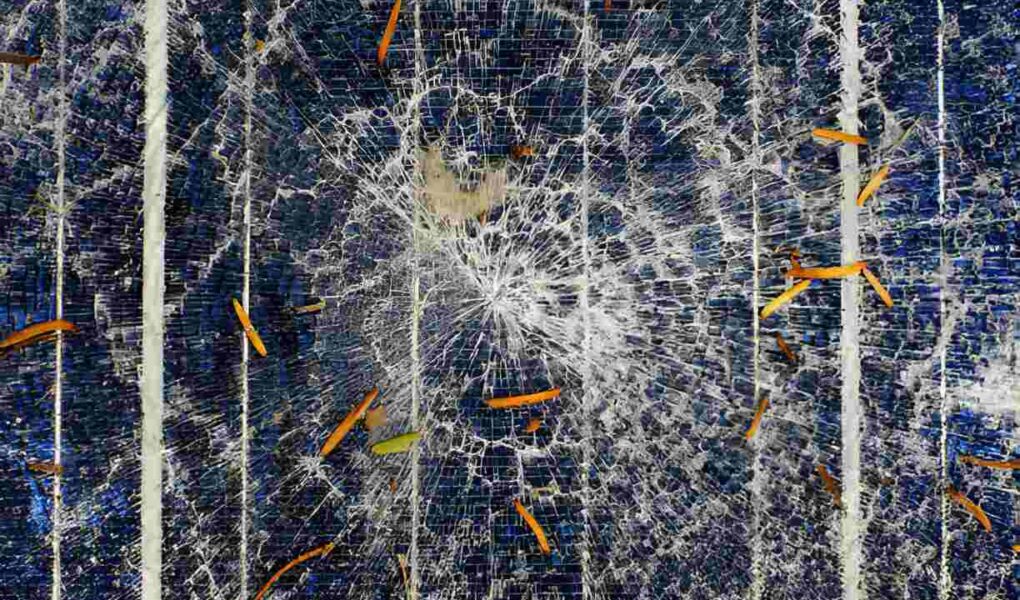As more homeowners embrace solar energy, it’s crucial to ensure your system is installed correctly to maximize its benefits. A poorly executed installation can lead to reduced efficiency, potential safety hazards, and costly repairs.
This guide will explore six telltale signs that your home’s solar panel installation may be subpar, helping you address issues promptly and maintain optimal performance from your renewable energy investment.
Decreased Energy Production
One of the most obvious signs of a bad solar panel installation is a significant drop in energy production. Your system should generate a consistent amount of power based on your location and panel specifications. If you notice a sudden or gradual decline in energy output without apparent environmental factors, it could indicate installation issues.
Monitor your system’s performance regularly and compare it to expected outputs. Factors like shading, dirt accumulation, or faulty wiring from improper installation can all contribute to reduced energy production.
If you consistently see lower-than-expected numbers, it’s time to consult with a professional to identify and rectify the underlying problems.
Visible Physical Damage
Physical damage to your solar panels or mounting system is a clear indicator of poor installation. Look for cracks in the panel glass, loose or damaged frames, and any signs of water damage or leaks around the installation area. These issues can arise from improper handling during installation or inadequate mounting techniques.
Regular visual inspections can help you catch these problems early. Pay special attention after severe weather events, as a properly installed system should withstand typical environmental conditions.
Any visible damage not only affects performance but can also pose safety risks and should be addressed immediately by a qualified solar technician.
Roof Leaks or Structural Issues
Improper solar panel installation can compromise your roof’s integrity, leading to leaks or structural damage. Watch for water stains on your ceiling, especially after rainy weather. These could indicate that the mounting system wasn’t properly sealed or that roof penetrations weren’t adequately protected.
Additionally, be alert for any signs of sagging or stress on your roof structure. Solar panels add weight to your roof, and if not distributed correctly, they can cause structural issues over time. If you notice any changes in your roof’s appearance or performance, have it inspected by a roofing professional familiar with solar installations.
Faulty Wiring and Electrical Issues
Electrical problems are among the most serious consequences of a bad solar panel installation. Look out for frequent system shutdowns, inverter error messages, or flickering lights in your home. These could be signs of improper wiring or inadequate electrical connections.
Pay attention to any unusual sounds coming from your inverter or unexpected behavior from your home’s electrical systems. Faulty wiring not only reduces your system’s efficiency but can also create fire hazards.
If you suspect any electrical issues, immediately disconnect your system and contact a certified solar electrician for a thorough inspection.
Poor Panel Placement and Orientation
Optimal solar panel performance relies heavily on proper placement and orientation. Panels should be installed at the correct angle and direction to maximize sun exposure throughout the day. If you notice that certain panels consistently underperform or that your system’s output doesn’t align with sunlight patterns, it could indicate poor placement.
Consider using solar monitoring tools to track individual panel performance. Significant variations in output between panels could suggest orientation issues.
While some environmental factors are unavoidable, a well-designed system should account for your home’s specific location and roof characteristics to ensure maximum efficiency.
Inadequate or Missing Permits and Documentation
While not immediately visible, the absence of proper permits and documentation is a serious sign of a subpar installation. Reputable installers should handle all necessary permits and provide you with complete system documentation. This includes warranties, operation manuals, and grid connection agreements.
Check your paperwork to ensure everything is in order. Missing or incomplete documentation can lead to issues with insurance, home sales, or warranty claims. It may also indicate that your installation wasn’t performed to code or inspected properly. If you’re missing crucial documents, contact your installer immediately to rectify the situation.
Conclusion
Identifying signs of a bad solar panel installation early can save you from significant headaches and expenses down the line. By staying vigilant and addressing these red flags promptly, you can ensure your solar energy system operates safely and efficiently for years to come.
If you notice any of these signs, don’t hesitate to contact a reputable solar professional for a thorough inspection and necessary repairs. Remember, a properly installed solar system not only maximizes your energy savings but also contributes to a more sustainable future.




